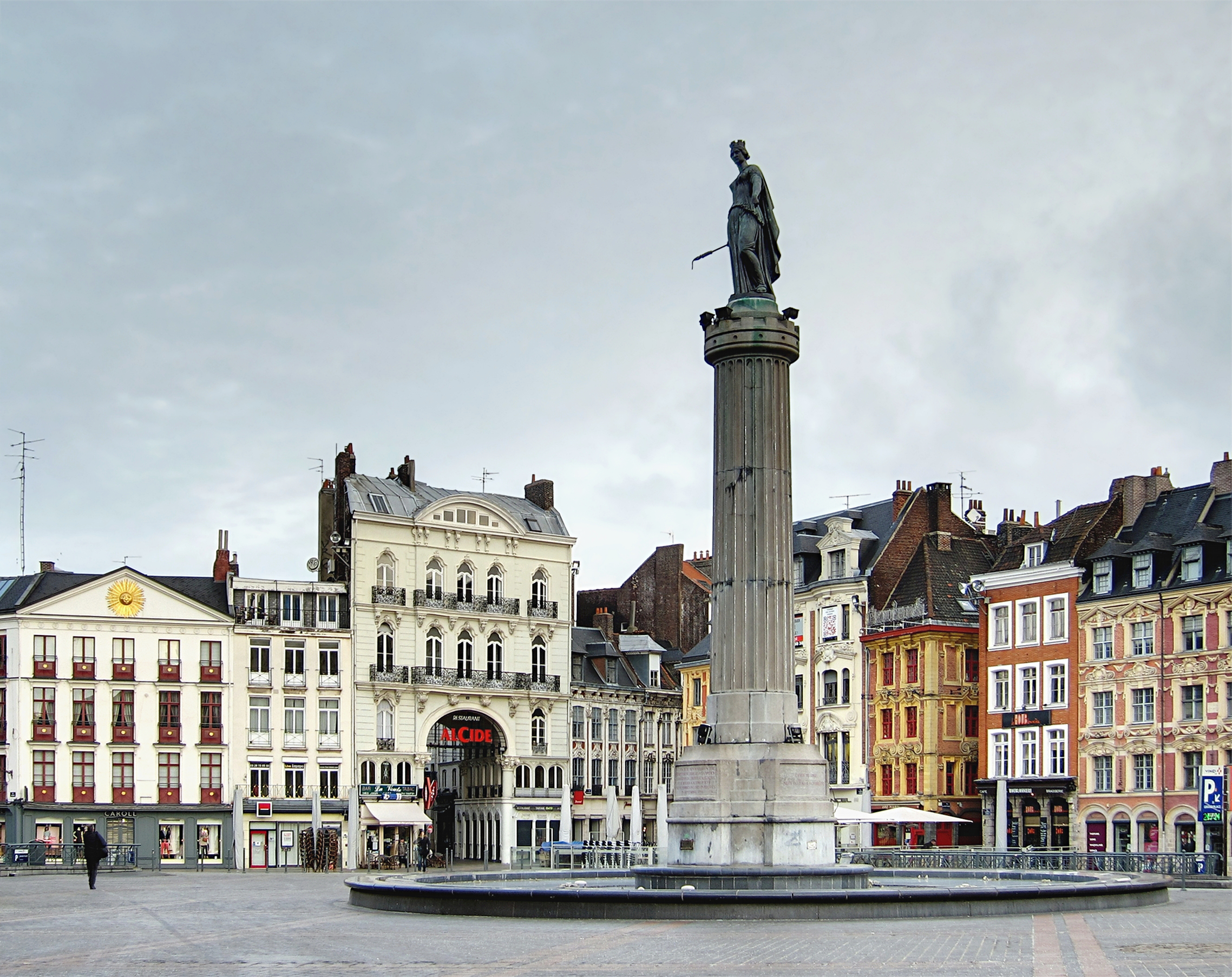Bienvenue chez les ch’tis!
What’s that? Glad you asked, because today our mission to entertain and inform est trės facile. Merci beaucoup les gens du nord !
Before beginning this project, we were aware that France had some minority languages – not only languages of immigrants, but regional tongues such as Breton and Occitan. However, even linguistics-obsessed Leah had not heard of ch’tis. Is it a language or a dialect? The jury leans towards dialect, although a French acquaintance told us when she visits the ch’tis area, she can’t understand a word.

We are fortunate to have an excellent film that explains the culture of Nord-Pas de Calais. Bienvenue chez les ch’tis, (English title: Welcome to the Sticks), is the most successful film ever at the box office in France yet nearly unknown in the United States. It is available on DVD and some streaming sources. We understand that Americans don’t like to watch movies with subtitles, but really, make an exception for this one. It’s hilarious, charming and informative. We loved it!
If you don’t want to take our word for it, perhaps this review will persuade.
We also recommend Norman’s video debunking the stereotypes of his people. (Be prepared to read very fast.)
Now, read on for more about the culture of Nord-Pas de Calais.
As noted in part one, the history of Nord-Pas de Calais is characterized by war. That may be true of Europe – and sadly, the world – in general. We’ll assume readers who are interested in the maneuverings of armies know where to find that information, so we’ll focus on the peaceful activities here.
Industry has been the cornerstone of the economy, although it has declined in this densely populated region since the 1950s. The area was once the leading coal producing region in France; Emile Zola’s novel Germinal was set here. Coal mining no longer exists in France, and automobile manufacturing now is the primary heavy industry in Nord-Pas de Calais.

The region’s largest city and administrative center is Lille, birthplace of Charles de Gaulle. Roubaix, Tourcoing, Calais and Dunkerque (Dunkirk) are other major cities. The Channel Tunnel and the high-speed train to Paris brings traffic to the area.
In Calais, be sure to check out a famous Rodin sculpture:

Among the 50 national museums in the region is the Museum of Lace and Fashion, paying homage to the area’s history as a textile powerhouse, and the Musée des Beaux-Arts de Valenciennes.
Outdoor enthusiasts can enjoy lovely beaches on the English channel and cycling the famous cobblestones of the Paris-Roubaix.
We’ve been so enchanted by le nord that we’re reluctant to move on, but a schedule is a schedule. Join us next week as we dip slightly south to Picardie.




